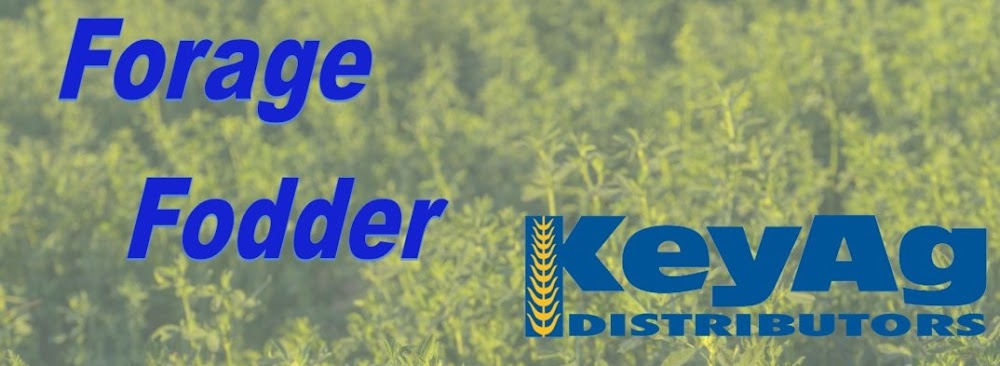Colorado—In the Oct. 20 report, compared to last report, trade activity moderate on very good demand for horse hay markets. Prices steady on horse hay. Few trades on feedlot hay with active bids yielding little interest as growers holding hay to see where the markets go. According to the NASS Colorado Crop Progress Report for the week ending Oct. 16, fourth cutting alfalfa harvested is 66%. Stored feed supplies were rated 10% very short, 30% short, 54% adequate, and 6% surplus.
Missouri—In the Oct. 20 report, compared to last report, the supply of hay is light to moderate and demand is moderate and prices mostly steady. The growing season officially came to an end with record setting lows and a hard freeze this week. Several producers in the state are already feeding hay and some have been for a bit. Drought conditions continue to worsen and in some of the driest areas there is concern about water supplies now.
Nebraska—In the Oct. 20 report, compared to last week, trade activity light in the Platte Valley, western, and eastern Nebraska regions. Trade inactive in central Nebraska this week. There was no change on ask prices for ground alfalfa, alfalfa pellets, and corn stalks. Good to premium alfalfa in western Nebraska sold $5 lower than last week with no change in ask prices for ground alfalfa. Prices firm on alfalfa and prairie hay in this region. In eastern Nebraska, ask prices for dehydrated alfalfa pellets remains unchanged.
Oklahoma—In the Oct. 14 report, some would say this is the “perfect storm” for buyers and sellers of hay. From the supply and demand to the drought, and the cost to produce, or buy the hay. This is the perfect storm that we as agriculturalists are trying to find different ways to get through these times. Hay is continuing to move with some suppliers in the site of running out of hay already. Next report will be released Oct. 28.
Texas—In the Oct. 14 report, compared to the last report, hay prices are steady to firm in all regions. Hay demand is mostly moderate to good. Wheat has been planted across much of the state and has begun to emerge in places that had good subsoil moisture. However, more precipitation is needed to setup a good root base. In many regions cattle are still moving to the sales earlier than expected, and cull cow numbers are still higher than in years past. Next report will be released Oct. 28.
New Mexico—In the Oct. 21 report, compared to last week, alfalfa hay prices steady. Trade active, demand very good. The southern part of the state is in the sixth cutting and southeast are done with their sixth cutting. Cooler temperatures and rain reported across New Mexico. Heavy rain early in the week slowed progress across the state. The hay season is near the end as temperatures are cooling off.
South Dakota—In the Oct. 21 report, compared to last week, alfalfa hay steady. Very good demand for all classes and types of hay. As the growing season is complete hay growers report much lighter inventories than in year’s past. There were many factors that produced this result. Spring calves are arriving in feedyards and in need of high quality grass hay to get them started on feed. Corn harvest is taking center stage as the weather is warm and the ground is dry and producers working to get their harvest finished as quickly as possible. Beef cows starting to be turned out on corn stalks, giving them much needed forage and keeping them from needing to feed hay.
Wyoming—In the Oct. 20 report, compared to last week, good alfalfa sold $9 lower on a light test in western Wyoming. Eastern Wyoming hay prices remain unchanged on a light test. Alfalfa cube prices remain unchanged this week. Producers in western Wyoming were finishing up haying this week. Trade inactive in central Wyoming. Per NASS, corn for silage is 95% completed with no comparison to this time last year. Corn combined is at 4%, compared to 17% last year. Dry edible beans 87% harvested compared to 95% last year. Sugarbeets 66% done compared to 52% last year.
Montana—In the Oct. 21 report, compared to last report, hay sold generally steady. Demand for hay is mostly moderate to good for mostly moderate offerings. Ranchers continue to buy hay for winter needs. Interest remains high from ranchers as many are starting to sell their calves and have disposable income to spend on hay. Hay continues to move west out of the Dakotas and into Montana. Much of that hay is running $230-$280 delivered into Montana. Much of this hay is selling along the highline and northern rocky mountain front, where the drought was the worst. Many western producers have wrapped up third cutting as rain and or snow is forecasted for much of the weekend. Demand for straw remains good as many producers are grinding it and adding it to help lower the cost of rations.


No comments:
Post a Comment